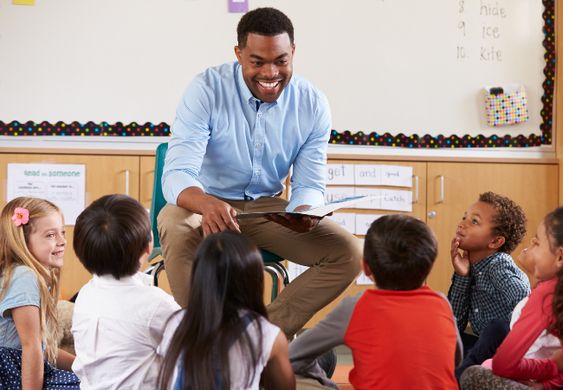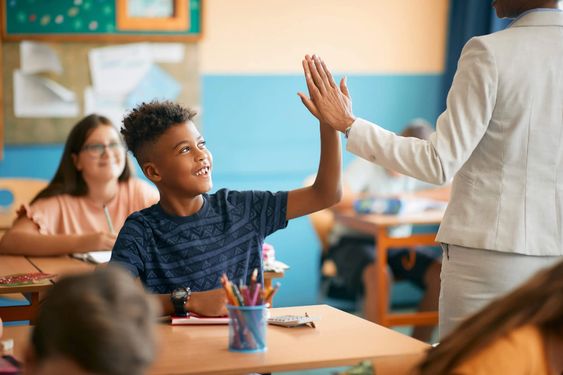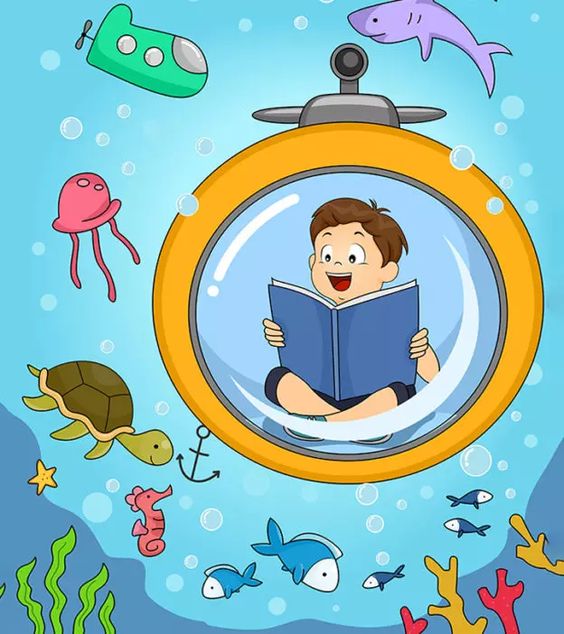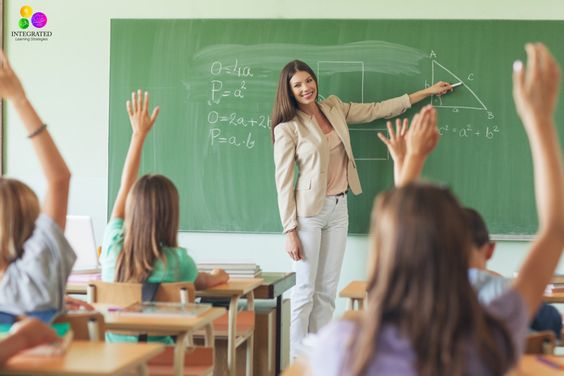A classroom culture sets the tone for learning and can significantly impact the success of students. Teachers play a vital role in fostering a healthy classroom environment where students feel comfortable, supported, and empowered to create meaningful connections with their peers and educators. The language used by teachers greatly influences the classroom culture and students’ overall attitude towards learning. Here are seven powerful phrases that, when used interchangeably, can create a positive change in your classroom culture.
1. “We are a team.”
By communicating to your students that you are all in this together, you promote collaboration and ensure that everyone feels included. This message fosters a sense of unity and encourages students to help one another, ultimately leading to successful learning experience for all.
2. “I believe in you.”
When a teacher expresses confidence in their students’ abilities, it boosts their self-esteem and motivates them to take on challenges. A simple phrase like “I believe in you” reinforces the idea that educators have faith in the students’ potential to achieve great things, leading to higher aspirations and improved performance.
3. “Mistakes help us learn.”
Reassuring your students that their errors are part of the learning process can create an atmosphere where they feel comfortable sharing their ideas without fear of failure or judgment. This approach promotes resilience and ultimately allows for deeper understanding as learners experience trial-and-error moments.
4. “Let’s celebrate our successes.”
Recognizing accomplishments within the classroom is fundamental in building camaraderie among students. By celebrating achievements collectively, teachers inspire confidence and emphasize the importance of teamwork while acknowledging progress.
5. “How can I support you?”
This compassionate phrase demonstrates empathy while offering assistance to struggling learners in need of extra guidance. It shows that the teacher is invested in their student’s success and they’re willing to provide resources or strategies tailored to individual needs.
6. “Let’s think about this together.”
Fostering an environment of collective problem-solving empowers students to engage more deeply with the subject matter. A teacher who encourages shared thinking is also more likely to inspire open communication among their students, leading to a thriving classroom dynamic.
7. “What do you think?”
This inquiry not only encourages students to think critically but also conveys that their opinions and perspective are valued by the teacher. By genuinely considering student responses, educators can foster meaningful dialogues that empower learners and stimulate creativity.
In conclusion, incorporating these seven phrases into your teaching practices can make a significant difference in shaping a healthy and successful classroom culture. Being aware of your language as an educator is a small yet powerful way to positively influence the lives of your students and create a supportive environment where everyone can thrive.










